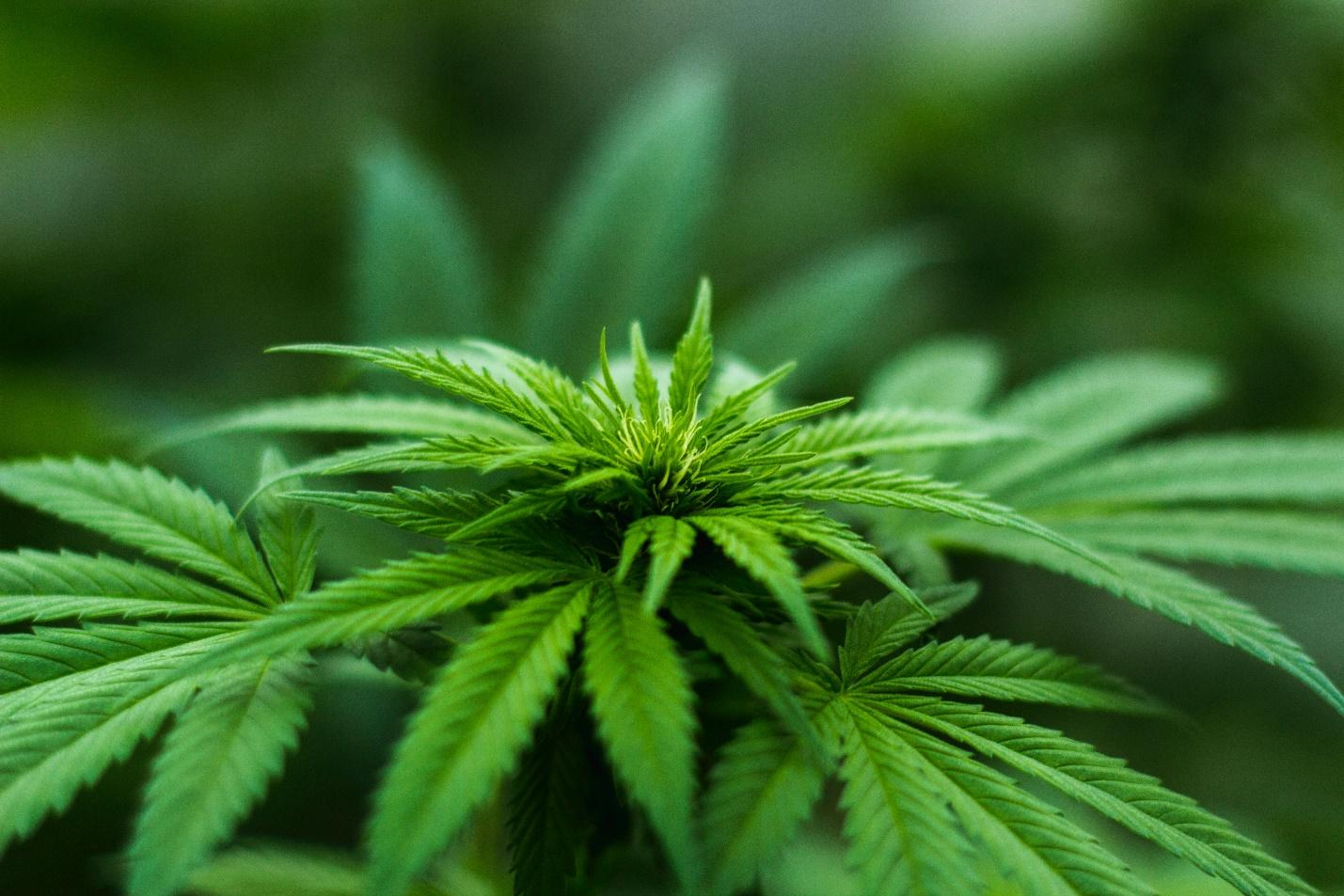Introduction
If you are new to cannabis, you have probably heard the words sativa, indica, and hybrid. These labels show up on dispensary menus, edible packaging, and even CBD gummies. But here is the confusing part: the names do not always match how a strain will actually feel.
This guide breaks down where those terms come from, what they usually mean for consumers, and why cannabinoid and terpene profiles matter more than marketing labels. We will also cover practical tips on how to choose strains and products that fit your needs.
If you want to explore real products while you read, visit Mary Jane’s Bakery Co. for lab-tested gummies, tinctures, and flower.
Botanical and Historical Background
The words sativa and indica go back to the 1700s. Botanists used them to describe plant types:
-
Cannabis sativa: First named in Europe. Tall, narrow leaves.
-
Cannabis indica: Later described in Asia. Shorter, bushier.
Originally these terms were about plant structure, not effects. But over time, consumers and growers began connecting them to how the strains “feel.”
Today, after decades of crossbreeding, almost everything sold is technically a hybrid. The labels remain, but they are more tradition than taxonomy.
For a deeper dive, see Cannabis sativa vs. indica debate (PMC).
What Consumers Commonly Expect: Sativa, Indica, Hybrid
Marketing usually describes strains like this:
-
Sativa: Said to feel uplifting or energizing, often linked with creativity or daytime use.
-
Indica: Marketed as relaxing, sometimes “couch-locking.” promoted for nighttime.
-
Hybrid: Described as a mix of both.
Helpful? Yes. Accurate? Sometimes.
For consumer summaries, check WebMD: Indica vs Sativa or Healthline: Sativa vs Indica.
Indica vs Sativa Effects Chart (2025 Updated)
| Category | Sativa | Indica | Hybrid |
|---|---|---|---|
| Common label use | Uplifting, daytime | Relaxing, nighttime | Mix of both |
| Plant look | Tall, narrow leaves | Short, broad leaves | Varies |
| Typical terpenes | Limonene, pinene | Myrcene, linalool | Depends on cross |
| Effect reliability | Low (depends on profile) | Low (depends on profile) | Low (depends on profile) |
This chart shows why these names are only a starting point.
Why Strain Labels Are Imperfect
Science has made it clear: labels do not always match reality.
-
Genetic research shows strains with the same name can have different DNA. (Wired: strain-name genetics)
-
Consumers themselves admit the system is shaky. A cross-sectional survey of cannabis users (PMC) found people often get unexpected results.
The main lesson: chemical profile > marketing label. Cannabinoids and terpenes, not just “sativa” or “indica,” guide your experience.
Common Misconceptions About Strains
-
“Indica always makes you sleepy.” Not true. Effects depend on terpenes and dose.
-
“Sativas never relax you.” Many sativa-labeled strains have calming terpene blends.
-
“Hybrids are perfectly balanced.” They are just crossbreeds. Balance varies.
Chemovars, Cannabinoids and Terpenes — The Science You Should Use
When choosing, look at:
-
Cannabinoid ratio
-
THC: Stronger euphoria, sometimes anxiety at high doses.
-
CBD: Non-intoxicating, can smooth out THC effects.
-
-
Terpenes
-
Myrcene: Earthy, linked with calm.
-
Limonene: Citrus, mood-lifting.
-
Pinene: Pine, sometimes alerting.
-
Linalool: Floral, calming.
-
Always ask for a Certificate of Analysis (COA). A COA lists cannabinoids, terpene content, and safety testing.
Best Hybrid Strains for Beginners
Hybrids are everywhere, but beginners should look for products that:
-
Have balanced THC and CBD.
-
Show a terpene profile so you know what you are getting.
-
Come with recent lab reports.
Explore these categories for beginner-friendly options:
Examples from Mary Jane’s Site
-
Indica-infused CBD Canna Gummies — for those curious about a product marketed as “indica.”
-
Sativa-infused CBD Canna Gummies — marketed for “sativa-style” effects in an edible form.
Both are lab-tested and strain-labeled, showing how the traditional system still guides consumer choice.
Safety, Legality and Quality Checks
Before you buy, check:
-
COAs: Look for THC content (<0.3% Delta-9 for hemp), cannabinoid breakdown, and terpene list.
-
Contaminant tests: Pesticides, heavy metals, solvents.
-
Packaging accuracy: Does it match the COA?
Quick checklist to ask your retailer:
-
Do you have a current COA?
-
What terpenes dominate this batch?
-
Where was it sourced?
See NIDA: Cannabis research for more background.
FAQ
Is indica always sedating?
Not always. Effects depend more on terpenes and dosage.
Is sativa always energizing?
No. Some sativas contain calming terpenes like myrcene.
Should I pick by strain name or by profile?
Go with cannabinoids and terpenes, not just the label.
Will CBD products with strain labels make me high?
No. Hemp-derived CBD with <0.3% Delta-9 THC is non-intoxicating.
Are hybrids balanced?
Not necessarily. “Hybrid” just means mixed genetics.
Conclusion
“Sativa” and “indica” are useful starting points, but modern cannabis is more about cannabinoid and terpene profiles than labels. If you are shopping, check lab reports and ask questions. Labels help, but chemistry tells the truth.
Discover lab-tested strains and products at Mary Jane’s Bakery Co..
Methodology Note
This article was built from peer-reviewed sources (PubMed), consumer health guides (WebMD, Healthline), and reputable science coverage (Wired, NIDA). It is designed for education, not medical advice.

